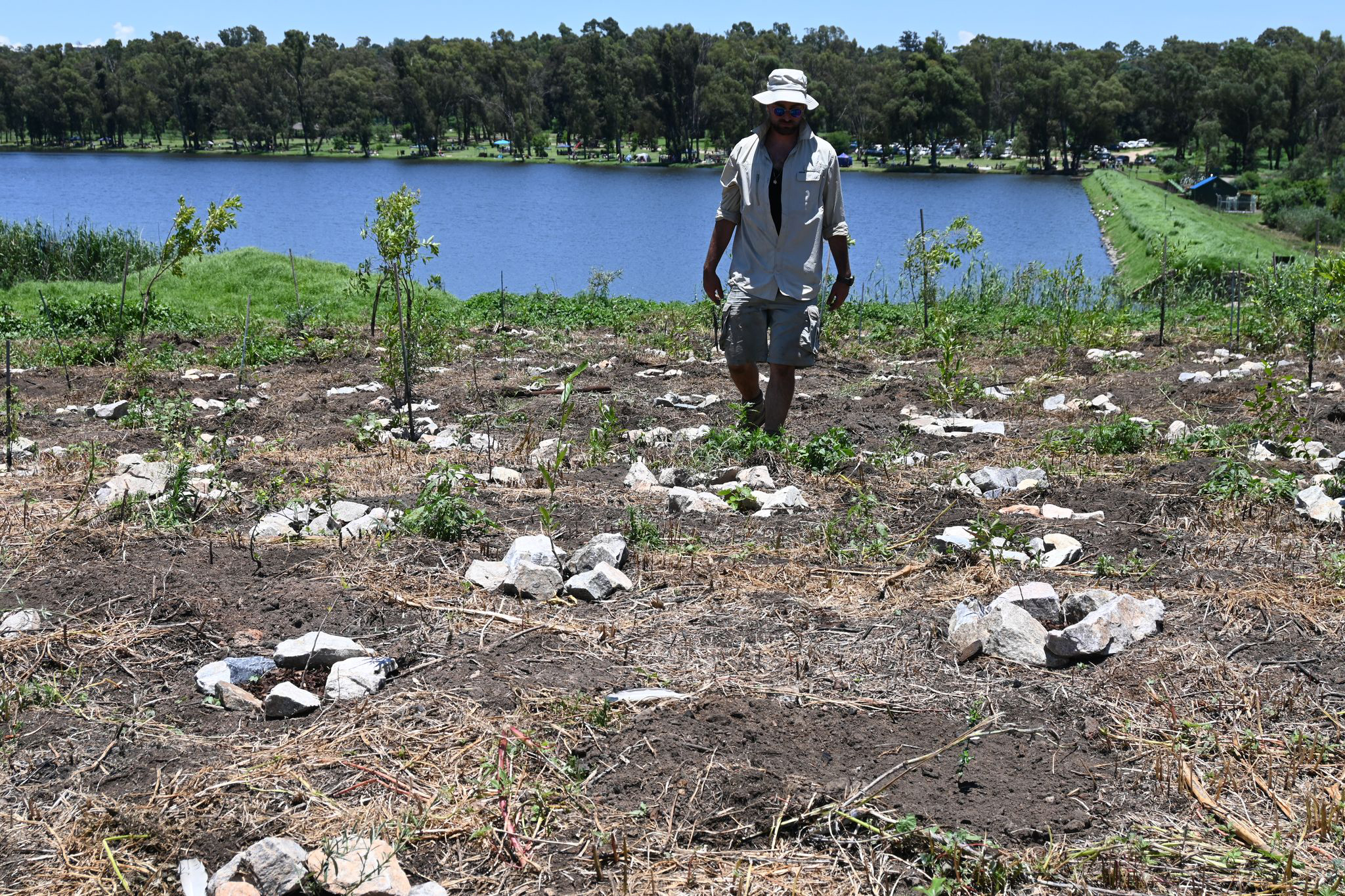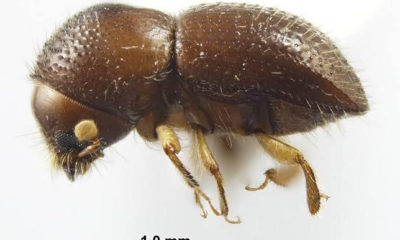
OpEds

Weapons of mass creation
Published
3 years agoon
By
David JaffeTrees are an extremely important part of the earth’s ecosystem. They perform a multitude of functions. They produce oxygen and process carbon dioxide which is the basis for all life on earth. They hold water and stabilise weather patterns, they provide a home for various types of animals, produce food and timber for building and paper production, and they mitigate pollution as they beautify the world.
All trees fulfil the above functions to varying degrees, but an indigenous tree will naturally do a better job. This is because trees have evolved over millions of years in conjunction with the nature around them. That means that certain plants can be fertilised only by certain insects, or certain birds can nest or feed only on certain trees. Because of this, an indigenous tree is better suited to the flora and fauna that inhabit an area.
Many animals are found throughout a continent or country, and so many indigenous trees can be planted in a large variety of places and they will still support the local ecosystem. An endemic tree, however, is even better suited as some animals are so geographically isolated, they may be found only in a very small area in which case, an endemic tree is ideal as it can play host to the rarer species of the land.
It could be argued that plants are the most important part of an ecosystem. This is because plants provide food for herbivorous creatures. These creatures are then consumed by the carnivores and eventually returned to the soil where they feed the plants, and so the cycle continues. When you plant an indigenous or endemic tree, you are adding a piece to the puzzle. Every tree is an ecosystem in its own right providing a home and food for birds, insects, mammals, and reptiles, which makes it a microbiome. When many trees are planted together to create a small copse of trees, it allows for a greater abundance of species as well as for more members of a single species to take up residence, which increases the genetic variability of that population and strengthens the species as a whole. When enough small copses are combined, we see the creation of jungles and forests.
In recent years, saving the planet has become a hot topic. With key words like “global warming”, “sustainability”, and “save the trees” floating around our social media and news feeds, it’s clear that we, as a human population, have realised the necessity for huge reform regarding the way we go about our business on this planet. We’ve heard of the legendary speech made in 2019 by the young Swedish activist, Greta Thunberg, where she beseeched that world leaders seriously regard the dire environmental situation on our planet. We’ve heard about the ice caps melting, and the polar bears that are suffering and struggling to survive the uncharacteristic rising heat in their habitats. We know that burning fossil fuels is an environmentally unsustainable way to recover energy. We know that solar and wind power is “greener”. We’ve all come across the opportunity to recycle, whether it’s in our own households or somewhere in a public space. We know that plastic bags have been banned in more than 15 countries in Africa, and even more so in other parts of the world.
However, the thing about nature is that it’s operational on every level. From the very tiniest subatomic quarks all the way into the enormous galaxy that encompasses the earth, nature is at play. It’s all around us, in just about every shape and size. We can therefore be assured that even by planting a flower or not littering, we are positively affecting nature on some level.
One of the most impactful ways to contribute to the well-being of our environment is to facilitate natural life. One such organism stands out from the rest because it not only absorbs and stores environmental carbon, but also provides us with vital oxygen, as well as shade, stabilises soil, grows food, shelters many animal species, can live for a great many years, and is still aesthetically pleasing – you guessed it – a tree. Planting a tree is an efficient and satisfying way to assist nature, if not because of the typical long lifespan of a tree, then at least because they contribute to the organic leaf-litter layer of your garden soil, or provide you with flowers, fruits, or nuts.
It’s no secret that there is a great need for reforestation and individual tree planting in the world, due to the infamous stripping of our forested landscapes. Whatever the reason, and whatever the scale, the unmitigated and reckless removal of indigenous trees from areas throughout the world has resulted in huge problems for our environment. Deforestation and the loss of trees has been linked to climate change, desertification, soil erosion, fewer crops, flooding, increased greenhouse gases in the atmosphere, and a host of problems for indigenous people.
The good news is that planting trees has never been easier. With the growing global concern for our planet and the forests disappearing from it, organisations all over earth have been created to facilitate the common intention of planting trees. By selecting appropriate species, areas, and planting periods, these organisations provide the opportunity to put a tree (or several) in the ground without them being deterred by the limitations they may face such as lack of knowledge on dendrology or ecology. Nature is a dynamic, complex living system, and we are indeed a part of it.
Now is the time to participate in the process of healing our planet, a process that does start with each individual. By choosing to get involved in regreening and environmental restoration, you acknowledge that every creature, tree, blade of grass, and drop of water has its impact, and so do you.
- David Jaffe is the founder and director of PlantNation.










